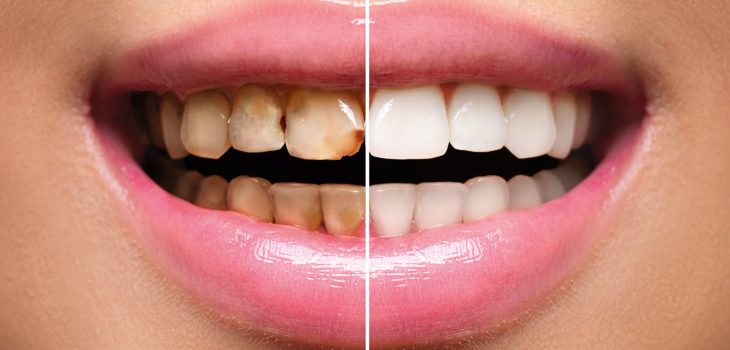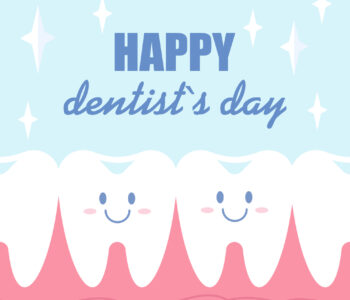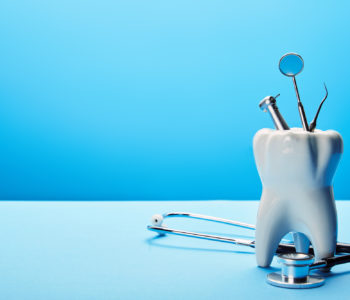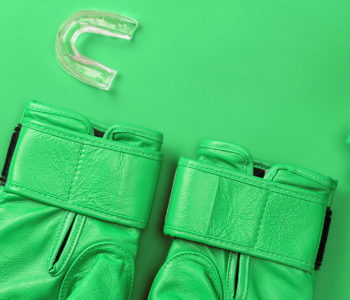 Dental Health
Dental Health
A Rundown on Restorative Dentistry
There is a difference between having a great smile and having a great-looking smile. While there are some undeniable similarities between restorative dentistry and cosmetic dentistry — both are a set of practices and procedures that aim to repair how your smile looks to other people — the primary difference between them is the intent behind the practices.
Intent?
Isn’t it the intention of all dentists to repair and maintain teeth?
Well, yes, but with cosmetic dentistry, the science behind the practice is designed to enhance the appearance of your smile. Restorative dentistry, by contrast, is about bringing back the look and functionality of your smile. More specifically, restorative dentistry, as the name would suggest, is an umbrella term for dental procedures that are designed to restore your teeth back to their former glory from accidents or decay.
Tell me more…
Reflecting Upon the Two Categories of Restorative Dentistry
Certainly!
There are two categories of dentistry under which restorative dental practices fall: direct and indirect restoration. These categories are defined by the amount of detail that goes into them and, depending on your needs, are perfectly valid reasons to pursue either.
Using fillings as an example of direct restoration, the type of filling that is chosen will determine whether the procedure is direct or indirect. Composite and silver amalgam fillings are placed directly into the mouth, which can be done in a single visit. On the other hand, if porcelain or gold fillings were chosen for the procedure, the dentist would need to take an impression of your teeth and send that off to the lab to be made in a lab before being fitted to your mouth. This is known as an indirect procedure.
Simply put, direct procedures can be done immediately; indirect procedures take a bit more time.
Four Primary Types of Dental Restorations
Due to the fact that restorative dentistry covers a wide swath of practices, we’ll cover a few that we offer here at Crown Dental:
Crowns: Crowns are for people who have a large cavity that threatens the health of the rest of the mouth. Crowns encircle the whole tooth and can be made from gold or porcelain, as well as composite materials.
Dental Implants: Dental implants are surgically-placed screws that act as the anchor for a prosthesis. Basically, a dental implant requires rebuilding the root of a tooth.
Fillings: As explained earlier, fillings are materials that fill the space in your tooth previously occupied by damage or decay. They can be made from a variety of materials.
Veneers: Bonded or cemented to your teeth, veneers cover damaged or misshapen surfaces to give your smile a whiter and/or longer appearance.
While not intended to be an exhaustive list of the restorative dental procedures we offer, we hope you now have a better sense of what restorative dentistry involves. If you think restorative dentistry might prove beneficial to your smile, call Karen today at 603-521-7739, and schedule an appointment for an evaluation with Dr. Chen.










3 COMMENTS
My sister has been looking to get some dental help done for her now that she has some time off of work. I appreciated it when you talked about dental crowns and how they’re used to treating large cavities because my sister hasn’t had much time to pay attention to her teeth health after working so hard so she may need procedures such as these to help her stay healthy. I’ll be sure to recommend this article to my sister so she can get the help she needs from a family dentist. Thank you!
I have a few questions about making a dental appointment and what type of insurance do you accept?
Hi there! You would do best to give us a call so we can go over your options with you. (603) 521-7739